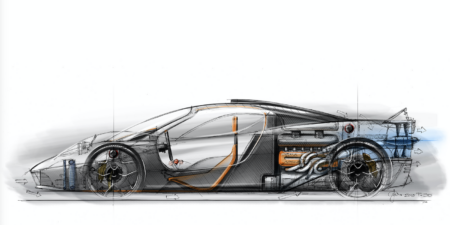Simulations followed by road tests conducted by Continential have proved that its new, lightweight plastic electric vacuum pump can reduce emissions. “An electric vacuum pump can eliminate 1.4-1.8g/km more CO2 compared to a mechanical vacuum pump,” explained Michael Juerging, who spearheads development of vacuum pumps in the hydraulic brake systems business unit of Continental’s chassis and safety division. “Since it does not rely on the engine, it can provide a vacuum even if the motor is switched off as part of a stop-start function. Restarting the engine would otherwise result in heightened emissions, if vacuum were required.”
The electric vacuum pump supplies all the vacuum that a car needs, especially electric, hybrid and diesel vehicles, but also gasoline-powered engines with direct fuel injection. It also works whenever modern gasoline engines are unable to supply sufficient vacuum to operate brake boosters, or vacuum-controlled and operated actuators. The electric pump’s robust design allows it to function as the sole source of vacuum throughout the service life of a vehicle. By supplying ‘vacuum on demand’ the electric vacuum pump can help to reduce CO2 emissions from conventional internal-combustion engines.
In other news, Conti has increased the annual production capacity of its Changshu plant in China by around 30%, adding a new production line for its electronic parking brake (EPB) with an additional 7,600m2 of floor space. Total investments in the facility have reached €36m.
The chassis and safety plant was originally opened in 2008 and produces hydraulic brake systems, in particular front and rear calipers, drum brakes and brake actuation products, which are supplied to 11 OEMs in Asia. Around 45% of these products are exported to Japan and Korea.
The Changshu plant will begin supplying Chinese and Japanese vehicle manufacturers with locally produced EPB from 2014. An increased workforce will have 2,250 employees.




